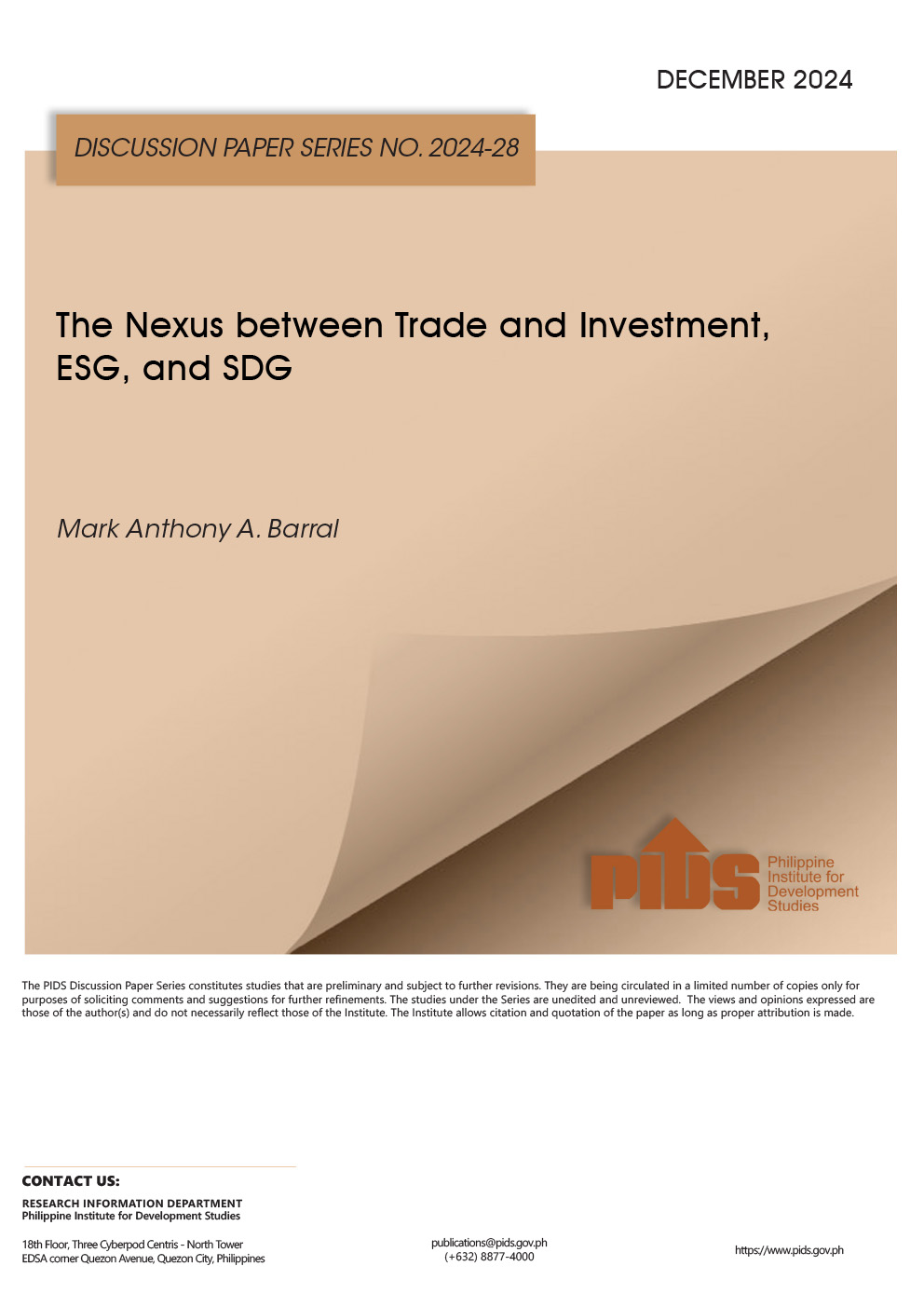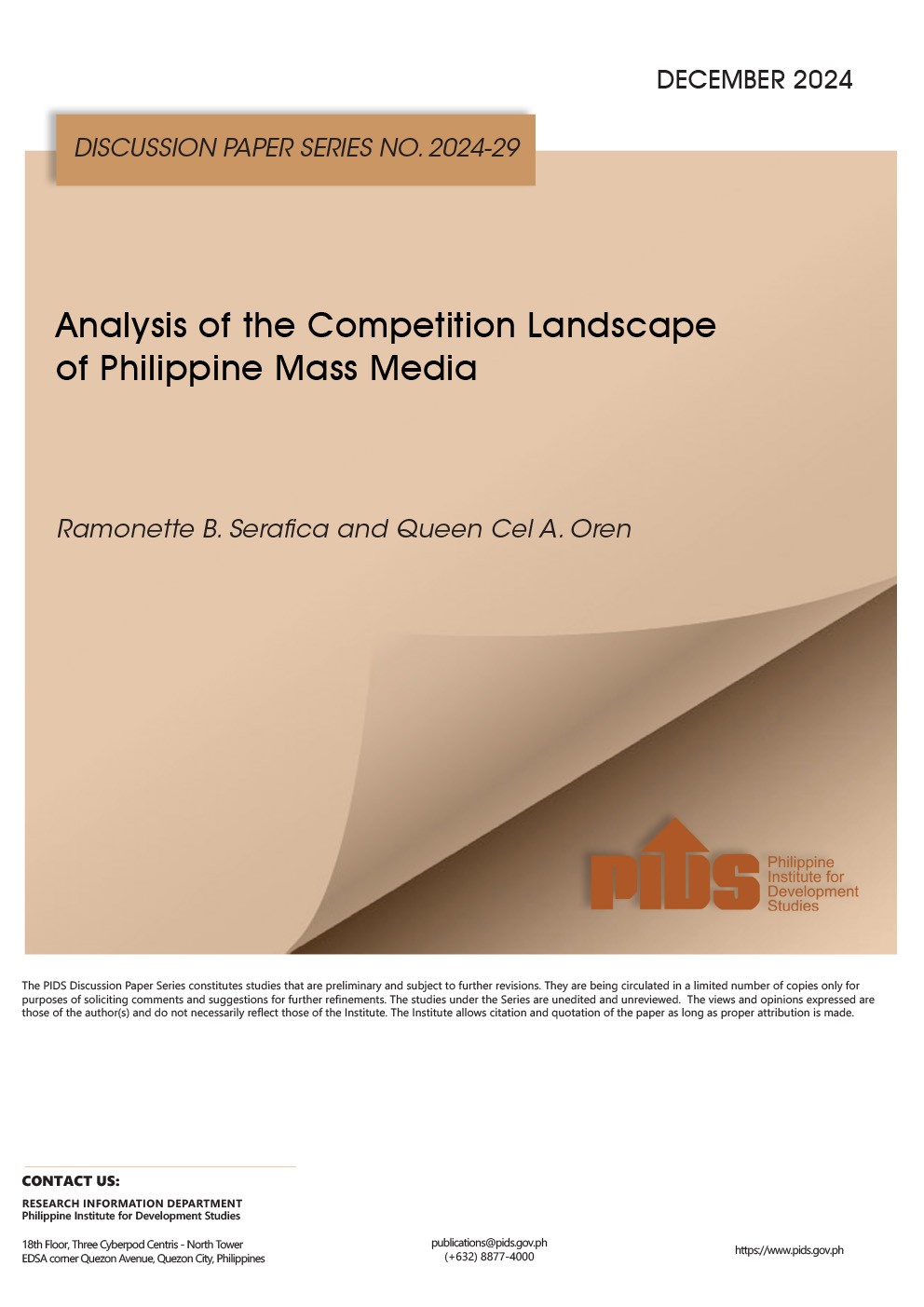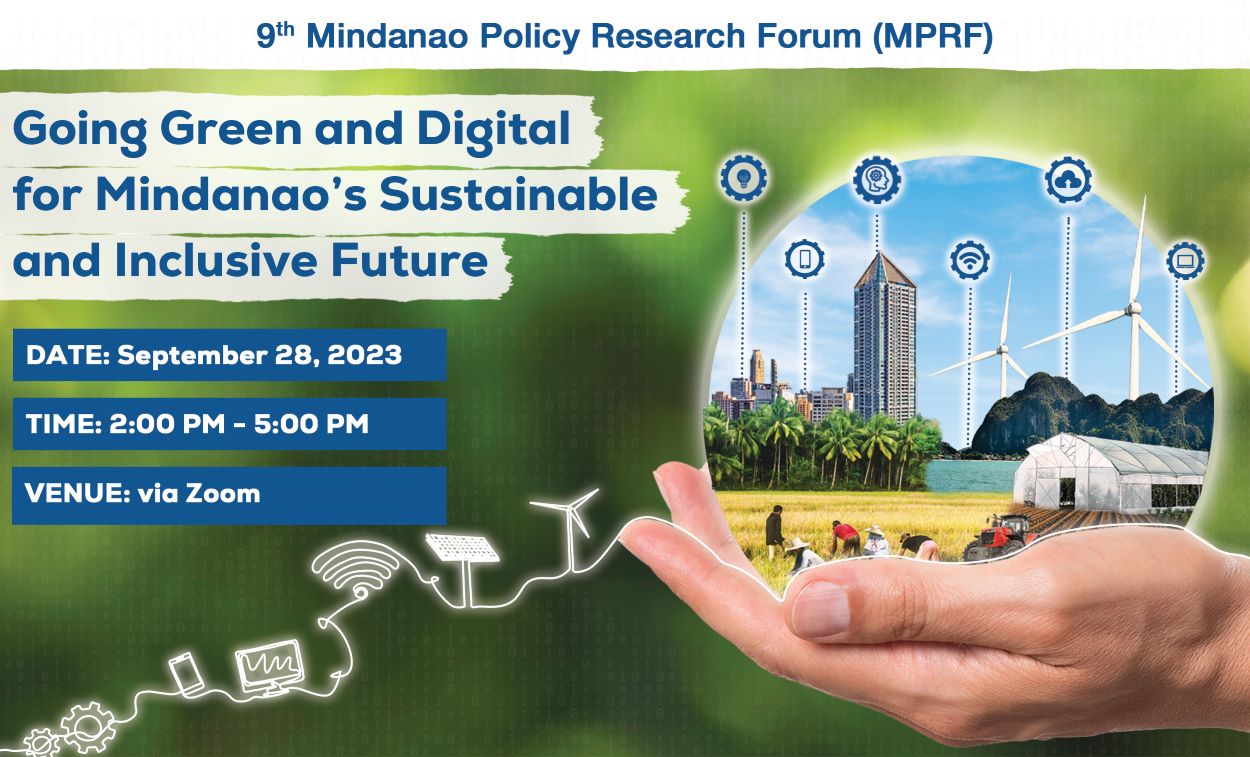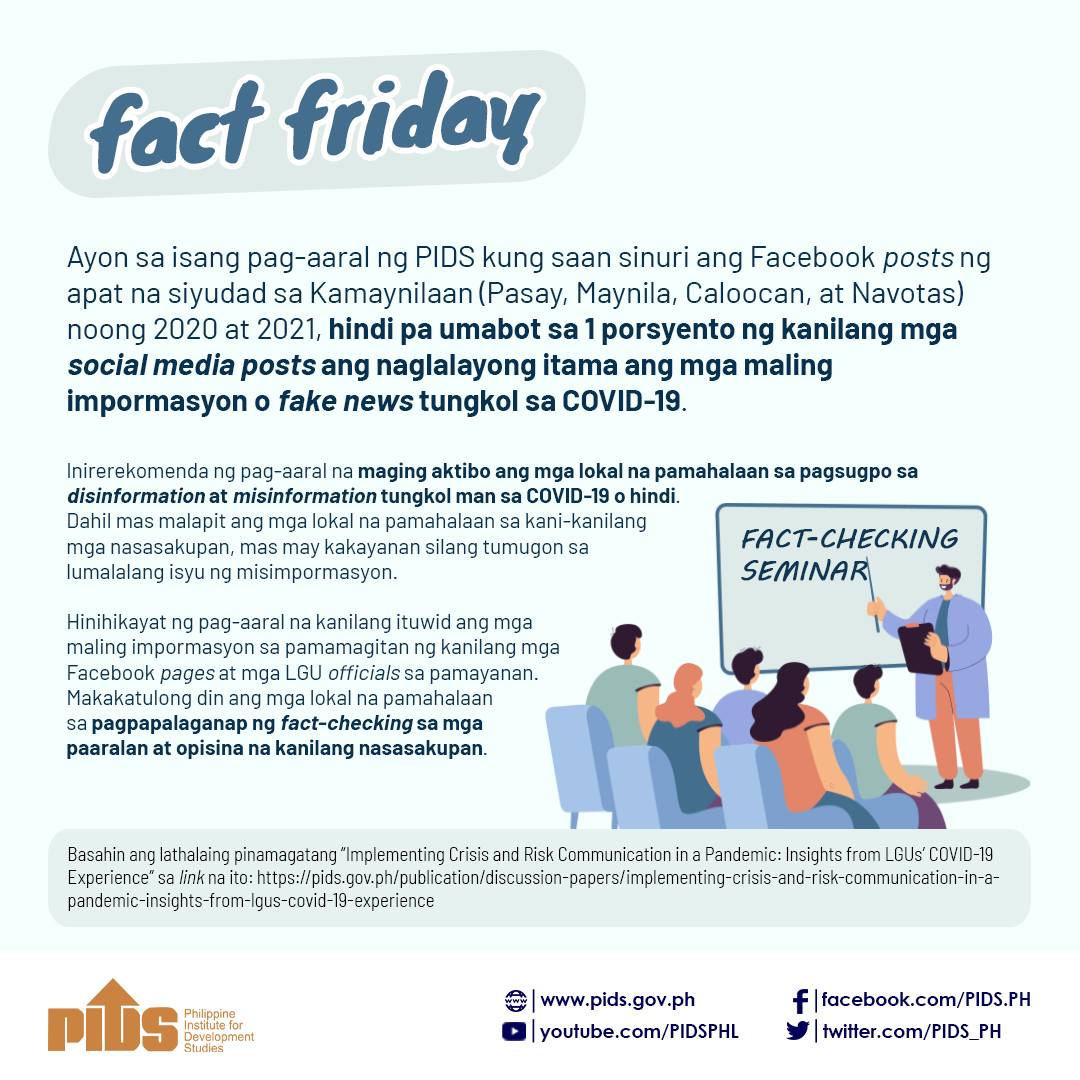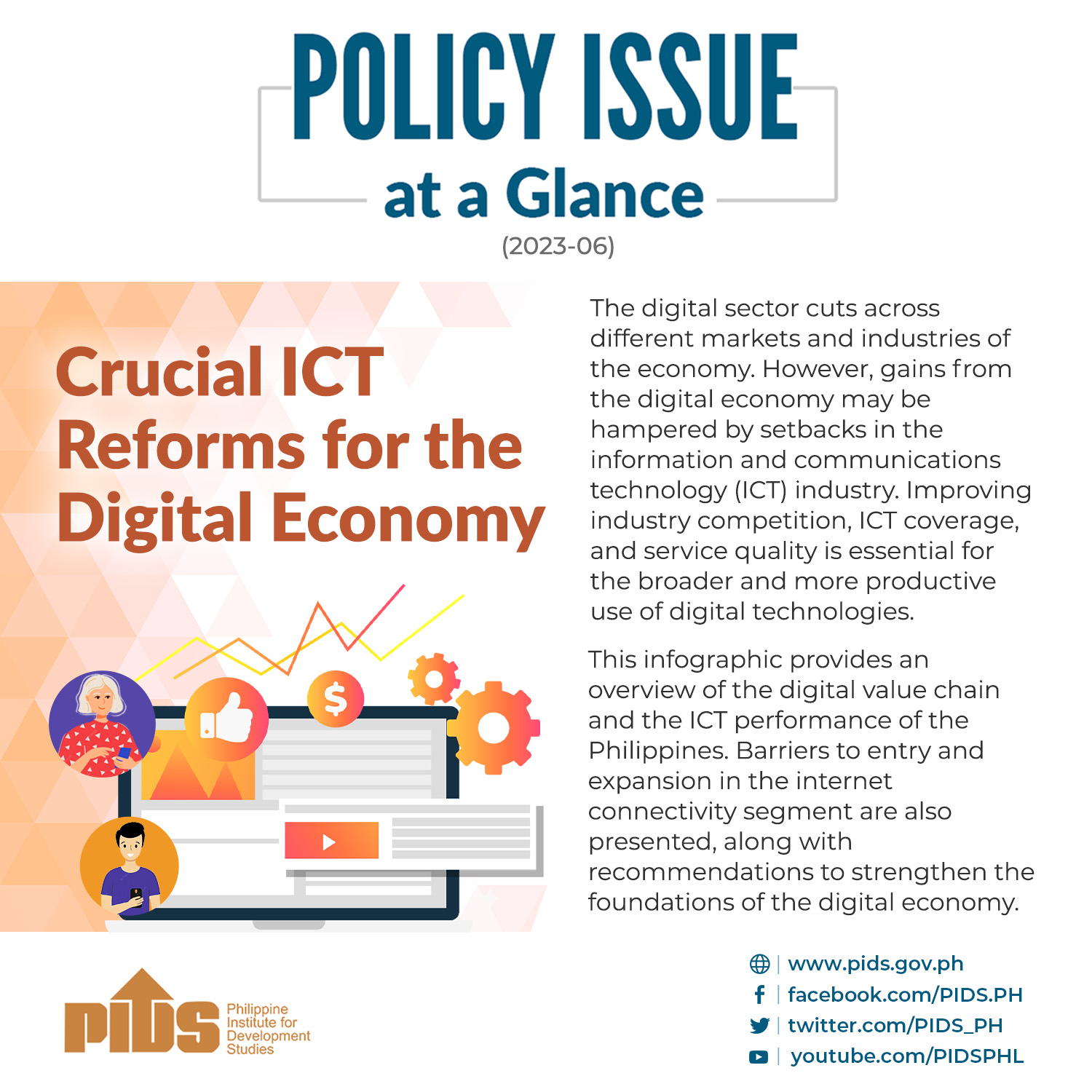
A recent study by the Philippine Institute for Development Studies (PIDS) highlights the significant shift from traditional to digital media, driven by technological advancements and changing consumer preferences. This digital shift is raising critical questions about the future of traditional media and its ability to remain relevant in an increasingly digital world.
Titled "Analysis of the Competition Landscape of Philippine Mass Media”, the study was authored by PIDS Senior Research Fellow Ramonette B. Serafica and Research Specialist Queen Cel A. Oren. It examines how the Philippine media landscape is transforming profoundly as digital platforms overtake traditional media in audience engagement and revenue generation.
According to the study, the rise of digital platforms has not only transformed media consumption habits but also reshaped consumer behavior. Streaming services, social media platforms, and over-the-top (OTT) content have become central to how Filipinos engage with media. These platforms offer personalized, on-demand content that appeals to younger audiences, often prioritizing speed and accessibility over accuracy. This shift in consumer preferences has led to a decline in demand for traditional outlets, which continue to emphasize professional journalism, fact-checking, and reliable news coverage.
As a result, the Philippine media market is experiencing a significant shift in revenue generation. The study estimates that the Philippine media market is expected to produce USD 6.5 billion in total revenue in 2024, with approximately 42% of this revenue coming from digital media. “Many media companies are increasing their digital presence to capture content and advertising revenue,” the authors explained. The dominance of digital platforms is clear, as consumer preferences have migrated to online material, diminishing demand for traditional TV broadcasts and printed newspapers.
However, this shift in consumer behavior is not universal. Outside the National Capital Region (NCR), millions of Filipinos continue to lack access to reliable and affordable internet services, limiting their ability to participate in the digital media landscape. As the authors noted, “the markets for wired and wireless internet access services outside the NCR remain highly concentrated,” resulting in high costs and slow speeds. Additionally, low levels of digital literacy prevent many Filipinos from fully utilizing internet platforms, which allows traditional media to maintain its dominance in rural areas. Interestingly, the authors revealed that radio remains a vital source of information especially in provincial areas.
Another issue highlighted by the study is the concentration of media ownership in the Philippines. Big enterprises primarily held by families or religious organizations, dominate the media landscape, limiting competition and content diversity, particularly in television and print media. This concentration of ownership is further exacerbated by barriers to entry for smaller players, particularly in the telecommunications sector. The study suggests that removing these barriers—such as restrictive licensing requirements and foreign ownership restrictions—could encourage more competition, particularly in underserved regions where access to quality media is limited.
“The highly concentrated market for wired and wireless internet access services must be addressed,” the authors also emphasized. They recommended the approval of the Open Access to Data Transmission Act, which intends to remove entry barriers for smaller internet providers. Moreover, they stress the importance of improving media and digital literacy across all age groups as a key complement to developing a more inclusive media sector.
To support the vital role of media organizations, the government should recognize their contributions and provide tax incentives, which is the more appropriate form of support than subsidies or funding, ensuring that editorial independence remains intact. “Fiscal incentives could be considered, along with other measures to deal with the operational costs of transitioning to digitalization, for example,” the authors urged.
Read the full study at https://bit.ly/pidsdp2024-29. ###

